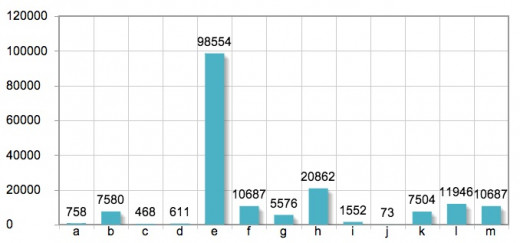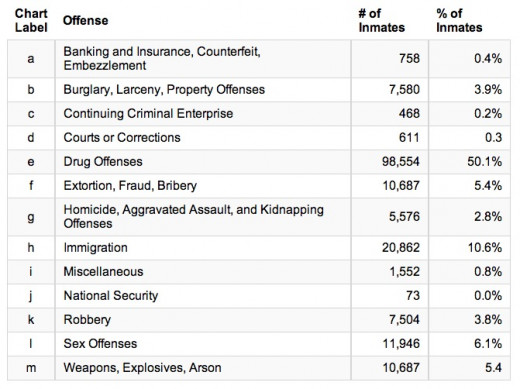Let's Talk Prison Overcrowding

Any Ideas or Solutions?
What's new in corrections? Most of what is new in corrections is related to technology improvements in custody and control mechanisms and monitoring systems. As far as managing the overcrowding in our prison populations, much of the same process is being used. Most Prisons look at early release, sentence restructuring to help manage the overburdening prison population.
A lot of new ideas are upon review just a re-hashing of the previous next best thing. Whether it’s reformation and educational programs, substance abuse, and other reentry programs, most if not all are based upon some previous version, not something new and innovative. Many programs or management techniques are only slight improvements or variations that point backwards not forwards, to a decaying previously implemented idea. I challenge you to find any authentic newly innovative ideas in Corrections today, besides technology.
Most of what keeps most Correctional Directors up at night are serious concerns of overcrowding prisons in their States. Oklahoma ranks fourth in the nation for incarcerations rates of the population. Some efforts have been made recently to speed up the process of inmates leaving the system. This is accomplished by returning lost earned credits to inmates for previous misconducts violations where credits were taken. This process has worked well in removing enough inmates within Department of Corrections custody to make room for and clear out some of the backed up and overcrowded County Jails within our State. This in effect has allowed hundreds of inmates backed up in County Jails awaiting Department of Corrections placement to have bed space to place these inmates in their DOC facilities. Many of these inmates in County Jails had been waiting over a year for DOC placement within the system. It is estimated that when Director of Department of Corrections Robert Patton took over the Agency in 2014, there were over 5,000 inmates being held in County Jails across the State. When Director Patton came on board he was told that number was only about 1800 in the County Jails.
Of course the draw back that most crime and punishment groups would say; is that we are releasing criminals back on the street before their time. However, Oklahoma sentences are longer than most other states compared to same or similar crime categories. Other reports indicate despite the early releases Department of Corrections reports a lower recidivism rate of 4% of the 2,255 inmates that were initially released in 2015; being tracked by DOC. The Department of Corrections normal recidivism rate average is 20%. This lowered rate is a tremendous indication that these particular inmates are not looking to return to Department of Corrections any time soon.
Oklahoma is not the only State facing overcrowding prison populations, other States especially California is under Federal Supervision to reduce their inmate population due to overcrowding. Oklahoma Department of Corrections is no stranger to Federal Government intervention in its storied past. These measures are proactive to prevent law suits, Riots, and overall management issues for States Prisons. California has a high incarceration rate for minor drug offenses and tremendously high recidivism rate of 65%, all of which can spell disaster for managing such high return rates of incarceration. Their Federal mandates require such drastic action to lower their inmate population by over 3,900 inmates. California Department of Corrections developed a plan to concentrate on their minor criminal offenses, like minor drug charges, hot checks less than $950.00, and other lower crime categories. Their finding those less likely to repeat, and non-violent offenders to qualify them to apply for re-sentencing under the Federal Supervision mandates to lower their inmate population.
All States have issues with overcrowding; my question remains what innovative solutions will solve these problems. Why do people commit crimes? Why do people give up their freedom for temporary gains in the drug world? Why is a lifestyle more valuable than freedom? What are the communities responses to their loved ones addictions to Methamphetamine's, alcohol, and or prescription pain pills. Answers to these questions will help in developing a community approach to dealing with the issues of prison overcrowding.
When will treatment for addictions be a community partnership with all stakeholders of the community being involved to restore lives, families and loved ones? When States look at treatment solutions for their inmate population, and Law Enforcement develops interdiction programs for illicit drug manufacturing that effectively remove the option from the community; when states mental health professionals assist lowering the incarceration rates of mentally ill, and turn them to service and help manage their illness; then there will be a new normal.
D.W.Dobbs
Incarceration in America!
Just How Much The War On Drugs Impacts Our Overcrowded Prisons, In One Chart










